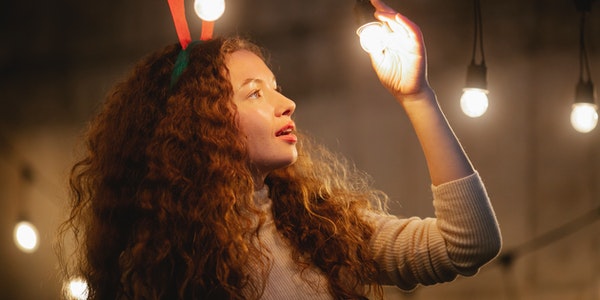Table of Contents
Composition
2. Sports composition
The main manifestation of the concept of film and television screens. It consists of two factors: one is the movement of the subject, and the other is the movement of the camera (camera). Sometimes the two forms a comprehensive movement at the same time. Movement will change the composition of the picture continuously, and the photographer (image) must organize the picture according to the characteristics of the change. In the pictures with and without people, the principles of photographic (image) motion composition are obviously different. For pictures without characters, when introducing the environment, according to the object to be expressed, the main object (or the object that can express the environmental characteristics) should be found as the basis for composition, regardless of the rise or fall. When it is necessary to highlight an object, the object should be used as the center of the composition structure; for pictures with characters, the characters should be used as the basis for the composition of the picture. The movement of the camera (image) often accompanies the performance of the characters for complex scene scheduling, or follows the movement of the characters, or shifts the focus of the drama. The composition must be changed according to the content of the plot or the characteristics of the scene by grasping the main factors. In sports composition, always pay attention to the changes in factors such as direction, speed, and rhythm.
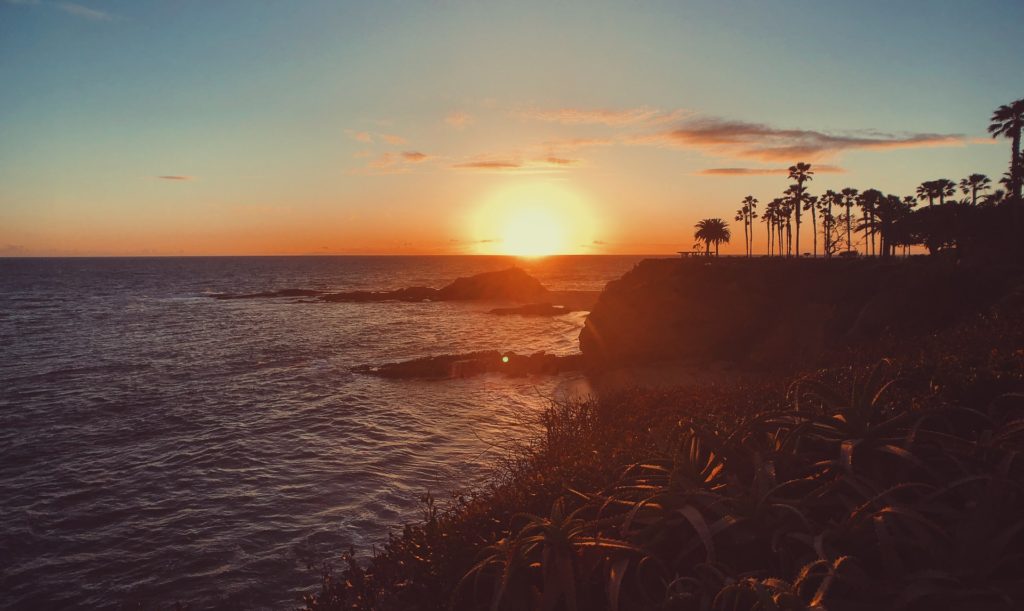
3. Static composition
That is, when shooting static objects with a fixed camera position, the composition and composition are basically unchanged. The static composition is mostly in the form of a single composition, but when the picture has multiple meanings and information due to changes in light and color, a multi-composition picture can also be formed. In the satellite TV teaching materials, the pictures of the teacher’s lecture are mostly static pictures.
4. Dynamic composition
That is, the subject or the camera (camera) is in motion, causing continuous or intermittent changes in the composition of the picture. Dynamic composition is a unique composition form of film and television pictures. It is generally in the form of multiple composition, sometimes in the form of single composition. For example, when a camera (image) moves in a space with no background change and no scene change, it is a single composition form.
In dynamic composition processing, attention should be paid to the connection between rhythm and dynamic modeling factors in the upper and lower shots.
Another meaning of dynamic composition is that when comparing film and television with painting and photography, it generally refers to the composition of film and television pictures.
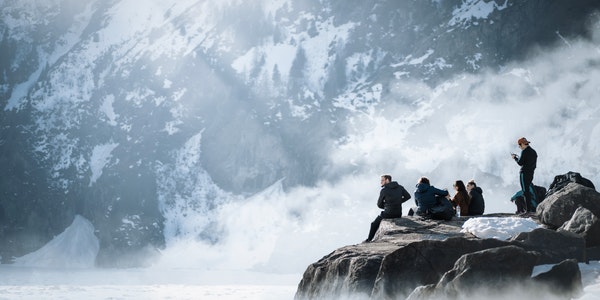
5. Landscape composition
Scenes without characters in the film and television textbooks. Therefore it is called “empty lens”. It follows the general principles of composition, and chooses the appropriate light conditions and weather conditions to shoot to create the effects of the images required by the content of the film and television teaching materials. It is often used to describe the environment, express the passage of time, seasonal changes, character emotions, create specific atmospheres and hints, metaphors, etc., and play a role in supporting the content of the plot. Scenery composition is mostly scattered in various paragraphs of film and television textbooks, and is inherently related to the specific plot content. When handling, attention should be paid to the penetration of the plot content of the upper and lower scenes and the relationship between the various factors. In film and television photography (image), photographers must pay special attention to the use of various modeling expression methods to render the atmosphere and mood of the landscape composition.
6. Multiple composition
The compositional form in which the structure of the picture changes continuously or intermittently is one of the important characteristics that distinguish film and television from static plastic arts such as painting and photography. Due to the movement of the camera and the subject, the composition structure of the film and television screens can constantly change to produce multiple composition forms. The scheduling of film and television scenes is complex and changeable. The light and dark, the focus is virtual and real, and the foreground and background changes can all form multiple composition pictures. The proportion of such composition in modern film and television is increasing day by day. It does not require external assembly. The internal montage form of a lens can explain multiple meanings and convey multiple information, so multiple composition enhances the expressiveness of photographic art.
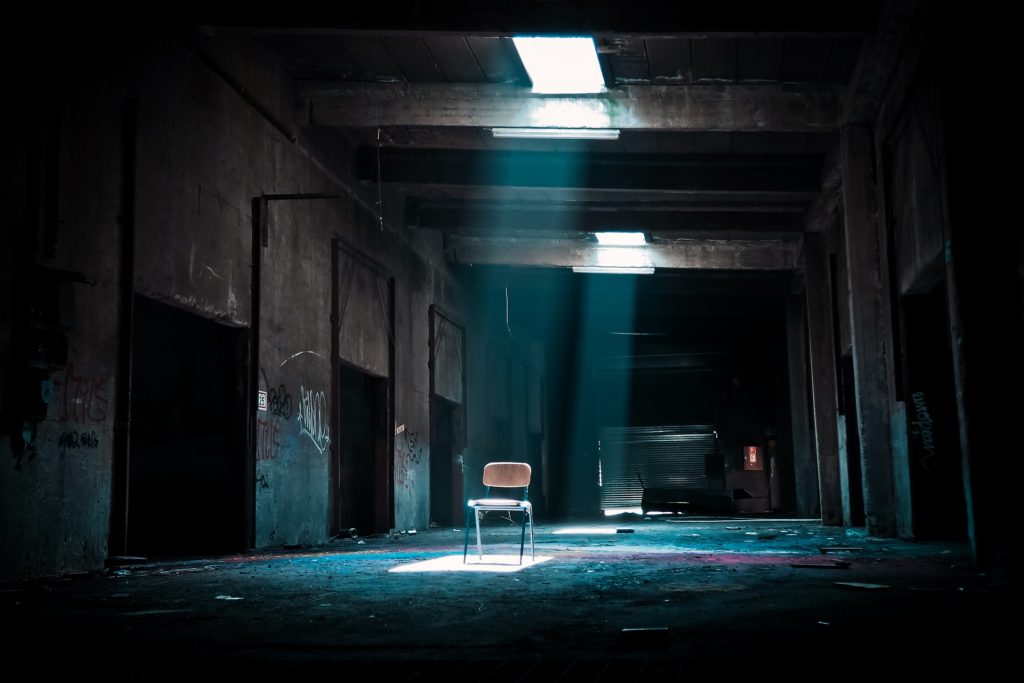
7. Single composition
Only one combination of composition is represented in a lens. Single composition is more used in silent film period. With the development of film, especially television art, the scheduling of film and television scenes has become more and more complicated, sports photography has been widely used, and the proportion of single composition in a film and television is decreasing. However, directors and photographers (photographers) start from the content, in order to express a certain mood and atmosphere, and pursue a certain style, they still use single composition images in some film and television films, especially in certain film and television teaching materials. The picture application is even more. Single composition is mostly static composition, but sometimes the camera (image) moves along with the action of the subject, and there will be a dynamic composition form.
8. Match the composition
Use the rules of vision to create visual continuity and maintain the composition of the point of interest on the screen. When students watch the film and television textbooks, they always look for points of interest on the silver (screen) screen and focus their attention on this point. The points of interest that can attract students’ attention are generally the objects that the optical lens focuses on, the moving objects, the objects where the lines gather, the bright objects in the dark-tone picture or the dark objects in the bright-tone picture, and the objects that stand out in color contrast. When dealing with a series of lens composition, photographers (photographers) should consider the law of students’ visual attention activities and pay attention to the processing of points of interest. In order to achieve visual continuity, the position of the points of interest on consecutive pictures should not be too jumpy.
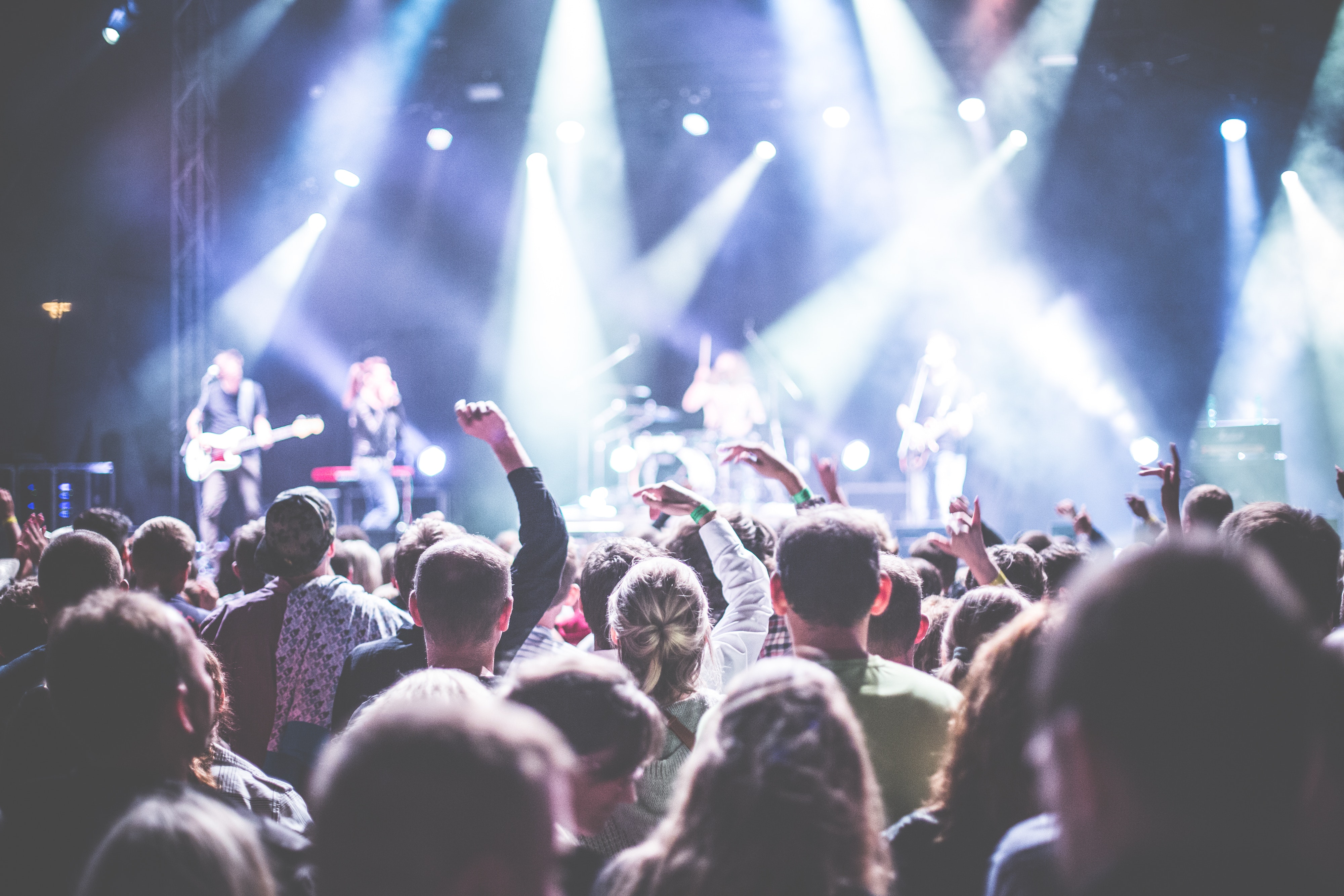
9. Lens composition
It means that film and television directors and photographers (photographers) arrange and deal with the relationship and position of characters on the screen in order to express the thematic ideas and aesthetic effects of film and television teaching materials, and combine individual or partial images into an artistic whole. The composition requires a comprehensive concept.
Camera angle and camera action
1. Camera angle
The “angle” mentioned here, in a narrow sense, refers to where the camera (photo) is placed to shoot. In fact, the camera angle in film and television includes three factors: shooting angle, shooting distance, and shooting direction, which are related to each other. The angle of the lens cannot be understood as merely a means of taking beautiful pictures. It must not only complete the task of modeling, but also complete the task of engraving. Combining the content of specific film and television textbooks and properly using the camera angle will make the lens structure of the film and television textbooks refined and novel, so that the character activities, occurrences and development of events in the film and television textbooks have a great field of expression in time and space. Different shooting angles will produce different artistic effects.
2. Camera action
That is, the key point of film and television performance is different from stage performance. It refers to the expressive power produced by the connection of lenses processed in different ways-the so-called montage effect. Movies and television use it to coordinate the physical movements of the characters to promote the development of the plot.
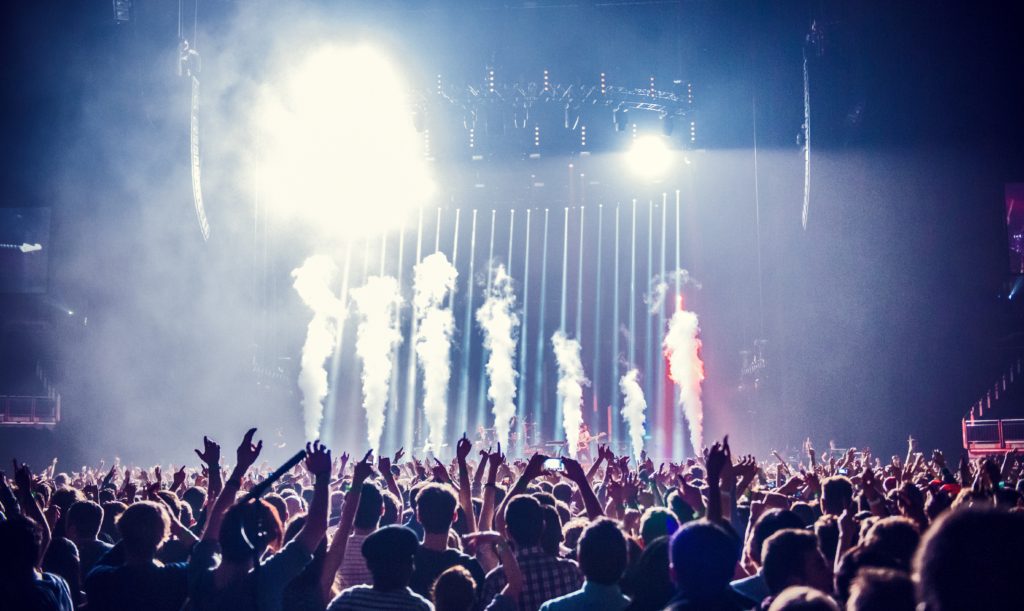
Foreground, Back view and background
1. Prospects
People or scenery in front of the subject or *closer to the lens. The foreground can sometimes be placed on the upper and lower edges of the screen, or on the left and right edges of the screen, or even all over the screen. It has the function of setting off the main body or directly helping to express the theme, and can enhance the spatial depth of the picture, balance and beautify the picture. It can enhance the sense of rhythm in sports photography (image). When using prospects, you should work closely with the content as much as possible. The foreground must be beautiful and rich in decorative colors, but it must not destroy the unity of the picture or confuse the primary and secondary performance objects. Due to the changes in the scene scheduling and the direction of the camera positions, the foreground may also change its status accordingly and become the background.
2. Back view
Corresponding to the foreground, it is the person or scenery behind the subject. Under the condition of foreground, the background scene can sometimes be the subject; it can also be the companion, but most of it is a component of the environment. It can enrich the image of the picture and reveal the content; it can make the picture produce a multi-layered scene’s modeling effect and enhance the sense of spatial depth. The background in the picture is the most obvious when shooting from a downward angle. The background scene is also called the background under certain conditions. Due to the multi-directional changes in scene scheduling and camera positions, the background scene may also change its status accordingly and become the foreground.
3. Background
The scene behind the subject in the picture. The background includes figures in the background and distant scenes, buildings, mountains, earth, and sky. It can also be just a substrate for figures and still life, just a wall, a blackboard, a table or a cloth curtain. In life scenes, the background can express the time and space environment in which the characters and events are located, creating various atmospheres and sentiments in the picture, and helping to explain the content. In the film and television picture, the subject and the background are the relationship between the picture and the bottom, so as to form a contrast with each other. There are dynamic backgrounds and static backgrounds; there are various backgrounds that are drawn, illuminated by slides, constructed, and synthesized by special effects. It can be summarized into two types: the imaged background and the nonimaged background. The imagery background should pay attention to the selection of typical environment, determine the appropriate scene range and the treatment of shades and tones; the imageless background can have shaded light and dark parts, area size, and changes in light and shadow to enhance the atmosphere, and can also be used for decorative processing. The background should be concise.
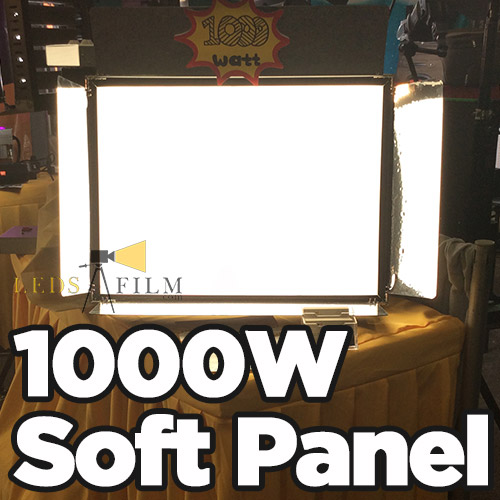
Raising and Decline
1. Rise
The scene where the motion shot begins. The composition is required to be exquisite and have an appropriate length. Generally, scenes with performances should enable the audience to see the actions of the characters clearly, and scenes without performances should enable the audience to see the scenery clearly. The specific length can be determined according to the plot content or creative intentions. It should be natural and smooth when changing from a fixed screen to a moving screen.
2. Decline
The end of the motion scene. It is required to be stable and natural when changing from a mobile to a fixed picture, and it is especially important to be accurate, that is, it can stop the picture properly according to the pre-designed scene range or the main subject position. The scene of a performance should not be stopped too early or too late according to the actions of the characters. When the scene is stopped, there must be an appropriate length to make the performance come to an end. The composition of the frame should be accurate, but under special conditions, when the motion shots are connected, the picture can also be kept stable, and the connection method of moving and moving is adopted.
(To Be Continued)
